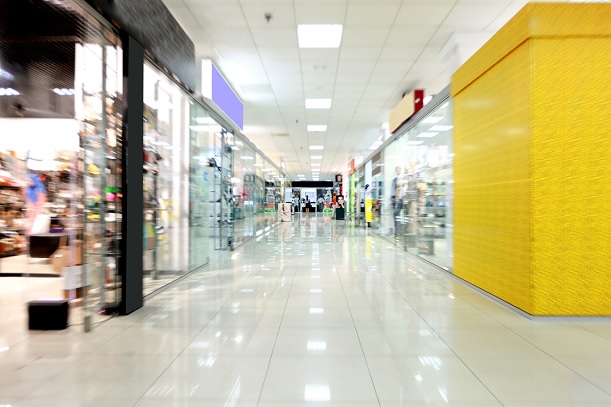Huawei has commercially launched a solution to help service providers monetise their indoor small cell deployments across the likes of stadiums, campuses, transportation hubs and residential areas.
Launched at Huawei’s Operations Transformation Forum 2017 in Hong Kong, the Indoor Coverage Digitalisation Business Solution is designed to help operators build and offer additional services when rolling out coverage in enclosed public spaces.
It helps operators to identify valuable hotspots and calculate the potential return on investment from a deployment.
It also includes hardware built for specific deployment scenarios, including the Indoor Easy Pole Solution, which allows a site to double as a phone charging unit and a billboard.
Huawei said pre-launch projects using the solution in Australia, China and Mexico had achieved a return on investment over three and a half years.
China Mobile used the insights generated through the solution to develop shopping navigation and smart parking services for a shopping centre, increasing the customer flow by 40 percent in half a year and achieving a ROI in three years.
The vendor said it is planning to increase its investment in researching and developing new indoor coverage solutions.
Zheng Ruguo, Chief Marketing Officer of Huawei’s Global Technical Services, said: “Huawei’s Indoor Coverage Digitalisation Business Solution is provided to help operators achieve indoor network revenue growth.
“While ensuring superb mobile broadband services, this solution enables digital value-added services through network capability openness, such as smart shopping malls, smart airports, and smart stadiums. Such services provide a new source of revenues and a new way to maximise indoor network value.”


